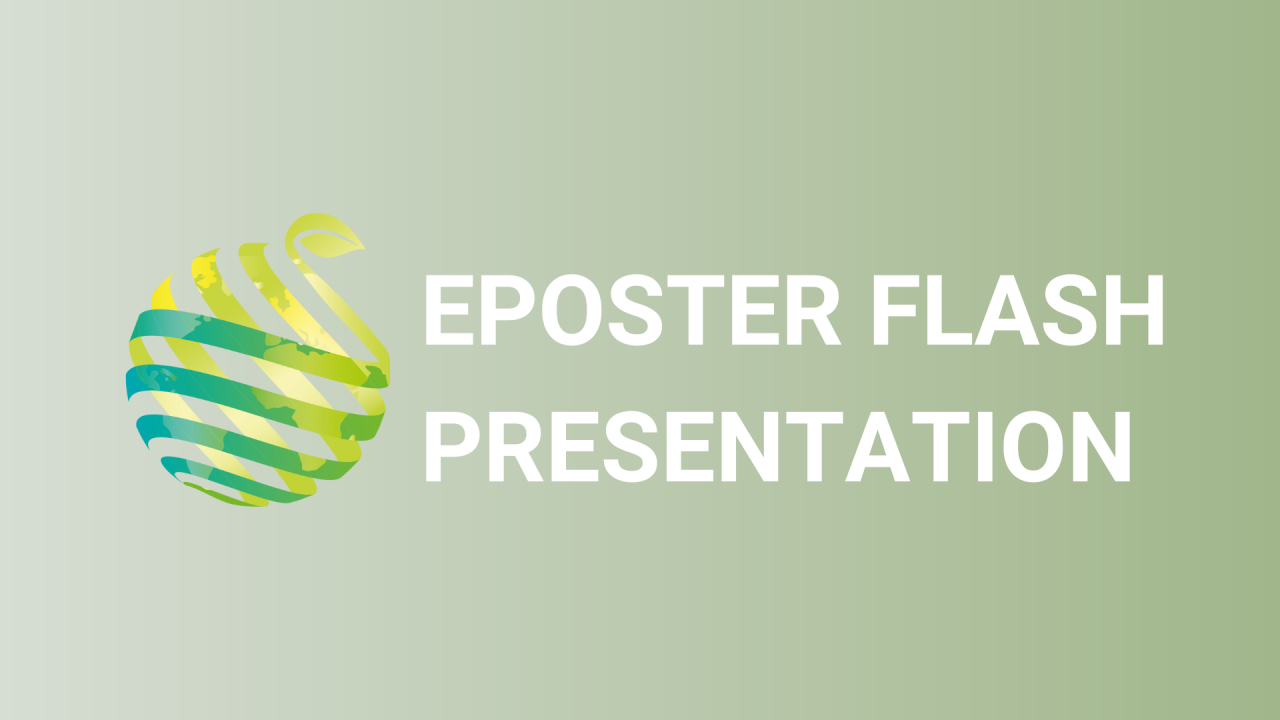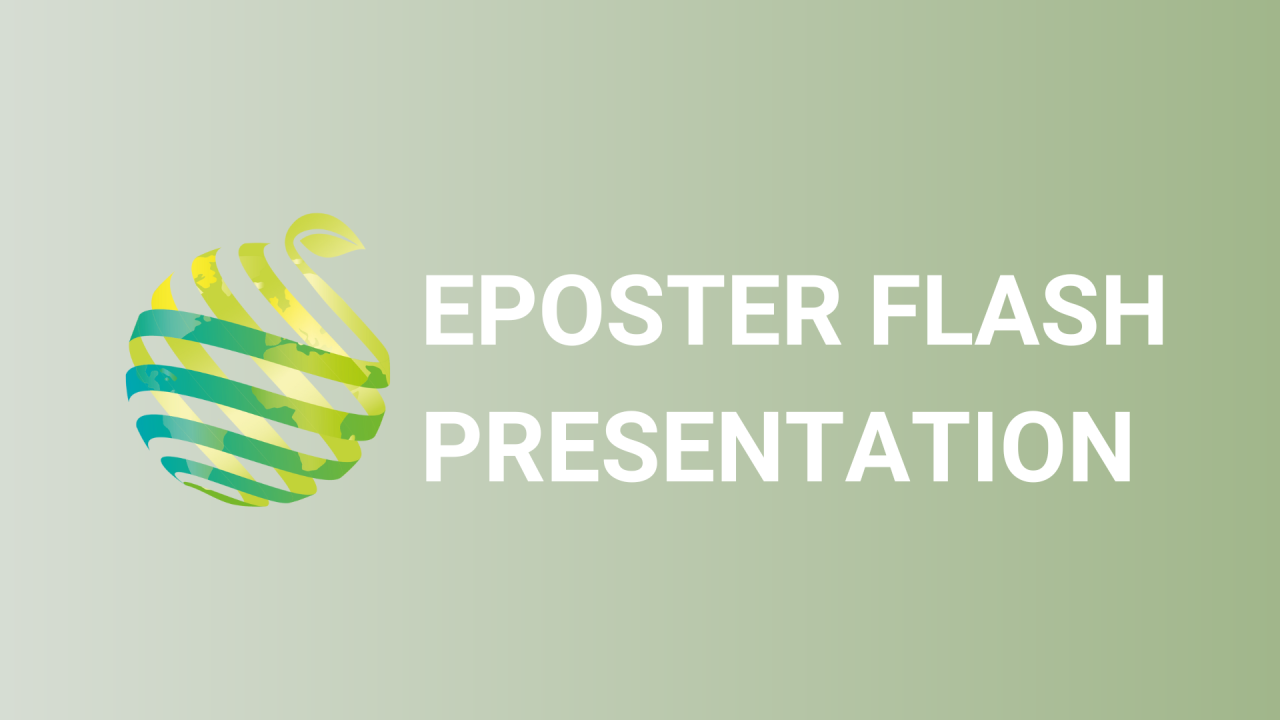

S01 - Session P10 - The French INRAE-CEP Innovation scion-pear breeding program: New organization and tools to better meet the next challenges of the European pear industry
Information
Authors: Arnaud Guyader *, Philippe Guérif, Christelle Pitiot, François Laurens
Since 2004, the INRAE scion pear breeding program has been performed in partnership with CEP INNOVATION, a group of French nurserymen. It has two main goals: 1) releasing new pear cultivars with regular and high yield, high attractiveness and long storage ability for the European market, and 2) creating new plant material (pre-breeding) with pyramids of various sources of resistance to two pathogens: scab ( Venturia pyrina ) and fire blight ( Erwinia amylovora ), and pest: psylla ( Psylla pyri ). In our program, after early selection in the glasshouse, seedlings are first planted in three French sites representing two main pear growing regions: at INRAE (Angers, northwest) and two CEP INNOVATION sites in the northwest and southeast of France. Since 2017, a further multi-site network has been implemented to evaluate the best hybrids selected from the first stages of selection. Each hybrid is planted at INRAe (Angers, northwest) and three CEP INNOVATION sites in the northwest, southeast and southwest of France. This multi-site evaluation provides information on our pre-selections for a lot of agronomical traits in management systems similar to those adopted in commercial orchards. It also allows to take into account the interaction between genotype, environment and management (GxExM), which has a very high impact in pear. This paper will present the organization and the selection scheme, in which we started to include the use of molecular markers at early stages to select for disease and pest resistance. We will also put emphasis on the GxExM results with the aim to assess «adaptability» of the elite hybrids. We will also take the opportunity to present some of our elite hybrids with excellent agronomical and quality traits and carrying multi-resistance, which should become the future pear varieties adapted to low input orchards.